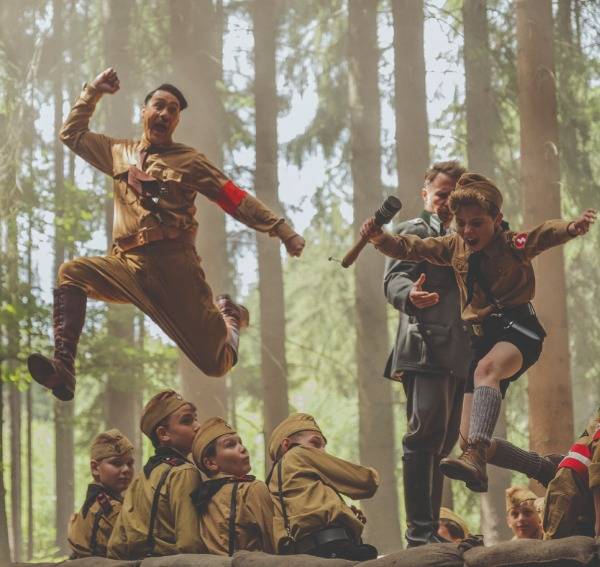
This article is a preview from the Autumn 2017 edition of New Humanist.
Protest: Stories of Resistance (Comma), edited by Ra Page
This stirring anthology appears after a few years in which similar subject matter – the 2011 London riots, Occupy, anti-austerity rallies – has consistently provoked sensationalist headlines and political condemnation. Bringing together writers, academics and activists, this book examines the continuum of protest over seven centuries to show it not as an aberration, but part of the social and political fabric. Key moments of British history are reconstructed in flashes of fiction, followed by sober explanatory context from historians and eyewitnesses.
Beginning with the 1381 Peasants’ Revolt, these 20 brief but powerful chapters trace the ebb and flow of popular struggle for influence, rights and liberties. Pre-industrial protest, like the agrarian proto-communism of the 17th-century Diggers, could be guided as much by visionary mysticism and radical Christianity as by egalitarian impulse. The more recognisably modern industrial skirmishes of the Luddites, and the 1820 Scottish Radical War, take shape on the shadowy territory mapped by E. P. Thompson in The Making of the English Working Class, in which the lack of space to openly express opposition led to conspiracies and clandestine organising.
The risks of turning history into story lie in flattening nuance and complexity into the romantically simplistic, or exaggerating individual or collective agency. Despite the popular strength and urgency visible in a historical snapshot, progress may be incremental or undetectable for years or generations, and spectacular, cinematic victories are fewer than defeats. The book’s commitment to research and accuracy ensures it avoids these pitfalls. Many authors dive straight into the action, capturing the inimitable mixture of exhilaration, fear and empowerment that participation in protest can provide, and the conviction or desperation that drives it. Others explore a certain protest’s contemporary resonances, or navigate its surrounding networks of friendship, family and community, internal tensions and conflicted loyalties. The connecting threads of these narratives – ordinary individuals’ dissent and the ruthlessness with which power asserts and defends itself, often through police brutality – lend themselves to drama and emotional immersion.
Some struggles documented here – the 1920 National Blind March, the guerilla campaigns to retain the Welsh language – have succeeded in their immediate aims. Broader issues like anti-racism and workers’ rights are ongoing and have lost none of their relevance. For all the time elapsed between 19th-century machine-breaking and strikes by female night-cleaners in 1970s London, a lack of standards and security, and the need for workers to collectively organise, comes through strongly as a perennial concern – as they do in today’s “gig economy”. At a more visceral level, indignation at the coexistence of extreme wealth with grinding poverty fuels stories from the sacking of the Savoy Palace by 14th-century peasants to the 1990 Poll Tax riot.
Another recurring anxiety is faith in constitutional methods of representation, hard-won but diminishing in an age of neoliberalism. The mass radical movements of the 1820s and ’30s frequently explained material hardship through political corruption – their objective, beyond protest, was to transform by democratising a fundamentally broken system. For women’s suffrage proponents, failure to gain the vote through petitioning and lobbying led to militant direct action. A century on, the UK’s engagement in the Iraq War was received as a decisive show of elected authority’s imperviousness to popular opinion. From this perspective, the Occupy movement and other reactions to 2008’s financial crisis, although not covered here, look like a full-circle response to the erosion of democratic channels of influence.
With time, some acts of political resistance can become folk legends. Others remain equally legendary sources of lasting trauma and controversy. Calls for a public inquiry into Orgreave, the cataclysmic crossroads of the 1984-5 Miners’ Strike, demonstrate an enduring need for both the history and personal experiences of protest to be openly examined. In focusing on both, this book illustrates the human side of history, showing how protest can function as a flashpoint that illuminates the world around it.

